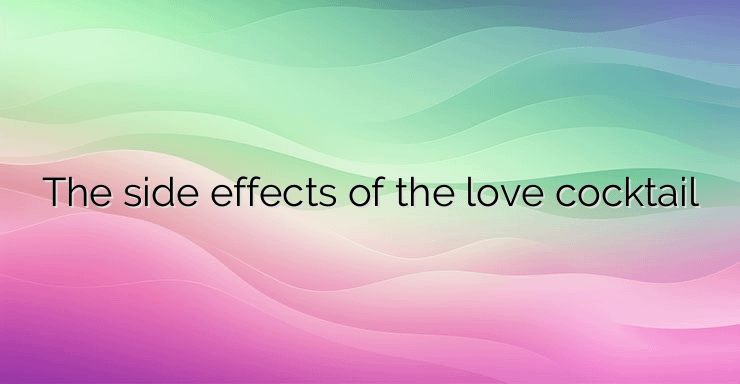Love has been an inspiration and theme for all kinds of artists since time immemorial, from writers to painters and even psychologists. Many movies, novels, poems and musical performances are born out of attachment and belonging to someone. But what are the real effects of love on us? Undeniably, we feel happier, carefree, some might even say “freed up,” but new research shows that when dealing with a variety of logistical, everyday, and creative problems, people in a romantic relationship do better than casually matched couples. The findings, published in the journal Springer Link, show that couples in love are better at facing and solving their problems together. The team told Medical Xpress that until now they have mainly looked at creativity within an individual, but very rarely with creativity at the group level, which has left a gap in the study of interpersonal relationships. Previous studies have also shown that people in healthy relationships do better on some tasks, but the findings were based on individual participants who were in romantic relationships and those who were not. Couples are used to dealing with problems that arise on a daily basis. The easier they integrate their ideas with each other, the easier they find solutions to their problems, say scientists from the University, in Xi’an, China. The hypothesis was that working together in love most likely significantly increases efficiency and creativity. That is, “in love and lost” turns out to be wrong. The participants were divided into groups of women and men who did not know each other and heterosexual couples. Teams were presented with problems, such as a situation in which a wallet is forgotten while going to an event. While completing the task, participants were scanned using fNIRS (Functional near-infrared spectroscopy). The technique is used to scan activity in the cerebral cortex during various activities. The scientists evaluated the correlation between the brain signals of the individual teams, using the so-called inter-brain synchronization – the level of employment and activation in certain brain areas of the two participants, when performing the task. Studies have shown that in the implementation of cognitive social relationships, the prefrontal and parietotemporal cortices take part. The scientists also concentrated in these areas during this study. The results showed that the brains of people in romantic relationships were more synchronized and efficient. Scientists want to explore other relationships too, for example those between parent and child, friendships, etc. In the modern world, young people increasingly tend to lose the desire to deepen relationships due to overly complicated everyday life. Perhaps new discoveries will change their minds and offer a solution to the problem. Two is always better than one or as Shakespeare says – “Love – what a good spirit!”


Leave a Reply